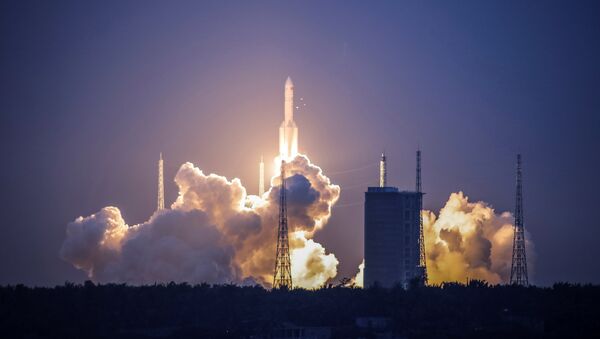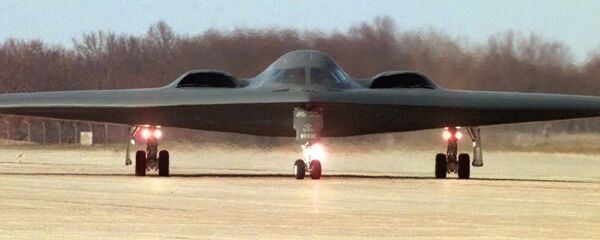Ghost imaging is a process that could allow satellites to take pictures through semi-translucent or opaque objects like clouds. Physicists at the University of Baltimore, Maryland, campus in 1995 conducted an experiment where "one photon passed through stenciled patterns in a mask to trigger a detector, and another photon was captured by a second detector. Surprisingly, an image of the pattern between the two detectors appeared," the US Air Force said in 2008 when announcing new funding for research to apply ghost imaging to satellites.
The Chinese researchers plan to equip satellites with a quantum sensor that would enable them to identify and monitor the movements of aircraft that are otherwise invisible at night from space, such as the US Air Force's stealthy B-2 Spirit, according to researchers. Among the B-2's stealth characteristics is a special outer coating designed to deflect and absorb the waves produced by cameras on satellites in orbit.
The researchers are working to develop technology tailored toward catching B-2s, Gong Wenlin, researcher at the Key Laboratory for Quantum Options at the Chinese Academy of Sciences in Shanghai told SCMP Sunday. The project seeks to complete the prototype satellite in the next two years, test the high-tech spacecraft by 2025, and implement the applications on a large scale by 2030. "The theory of ghost imaging has been well established and understood," says Xiong Jun, physics professor at Beijing Normal University. "The speed of application very much depends on the government and the amount of money it's willing to spend."
The B-2 Spirit was commissioned in 1997 and may eventually be replaced by the secretive B-21 Raider, a stealthy, long-range strike bomber slated to take flight in 2025.



